It was an evening in late January, and Raquel Cecilia Mendieta was dining at the Parador, the 12th-century monastery-turned-hotel where she was staying while she installed artwork for a new survey of Ana Mendieta, the famous Cuban-born performance artist — and Ms. Mendieta’s maternal aunt — at a nearby museum.
It had been a long day of assembling logs, soil, pine cones and branches into a reimagining of the artist’s “Untitled: Silueta Series” inside the Museo de Arte Contemporáneo de Castilla y León, and her dinner companions — her 15-year-old daughter, Anabella, and Grace Hong, the assistant director at Galerie Lelong, which represents the Ana Mendieta estate — were still jet-lagged after traveling from New York.
But they jumped when, after plates of bacalao and glasses of white wine had been cleared, Ms. Mendieta checked her phone and exclaimed, “Oh my god!”
She covered her face with her hands for a moment, and then delivered the news: Carl Andre had died.
Mr. Andre, Ana Mendieta’s husband, was the person who called 911 in the early hours of Sept. 8, 1985, when she fell from the 34th-floor apartment they shared in Greenwich Village. He was charged with — and later acquitted of — her murder in a case that became one of the biggest art world scandals of the last 50 years. Though a judge ruled that Mr. Andre was not guilty and many prominent artists came to his defense, Ana Mendieta had equally vehement supporters, including her family, who believed Mr. Andre was responsible for her death.
Recently, the story has been revisited by writers and filmmakers in a wave of media projects that has vexed Ms. Mendieta, the administrator of her aunt’s estate — particularly when the works appear to focus on the death.
“Not only are we forced to relive her death over and over again, but we have no say in how she is being portrayed,” Ms. Mendieta, 55, said.
On hearing the news about Mr. Andre, she said that before any feelings of closure or grief, her thoughts had gone to a familiar place: Would more people resurface the story of her aunt’s death now, too?
“How many times does she have to fall?” she asked.
‘Not just a piece of I.P.’
When famous artists die, their work — who owns it and has a right to it — can become the subject of family feuds and fierce court battles. When Robert Indiana, the artist best known for his “LOVE” sculpture, died in 2018, he left behind an estate worth an estimated $28 million and a signature style that became the centerpiece of a federal lawsuit when two of his close associates were accused of brokering agreements to use his iconic design for works that spelled BRAT and WINE. And the art world did not soon forget the dispute over Mark Rothko’s estate, a legal fight that stretched over 15 years.
But the fight over Ana Mendieta’s legacy is more about her biography than her physical archive. Ms. Mendieta may be running the estate, which decides how her art is presented in museum and gallery settings, but as various narrative projects reach the public, she is learning how little power she has to dictate how her aunt’s story is told, and by whom.
Lately, the Ana Mendieta estate is concerned about two new projects. An adaptation of “Naked by the Window,” the 1990 cult book by Robert Katz detailing the years preceding the artist’s death and the murder trial that followed, is in development at Amazon MGM Studios, with America Ferrera as the executive producer. And this month, Xochitl Gonzalez will publish “Anita de Monte Laughs Last,” a novel that follows an art history student who feels an uncanny connection to a Cuban performance artist named Anita who fell 33 stories from her New York City apartment in 1985.
Reading an advance copy of the book last fall, Ms. Mendieta noticed that several details in Anita de Monte’s back story appeared to correspond with her aunt’s. The likeness was so profound, she said, that the “line between fact and fiction” was blurred.
Ms. Gonzalez, who is of Puerto Rican and Mexican descent, said she felt as if she shared a “cultural lineage” with Ana Mendieta when she discovered her work as an art student at Brown University in the 1990s. Her character Anita was meant to be a homage to the artist, she said, not a direct analogue: After Anita falls in the book, she turns into a bat.
Ms. Mendieta protested the notion that her aunt was “forgotten” in the ’90s, a characterization of the fictional Anita de Monte included in the book’s marketing materials. And she was frustrated that Ms. Gonzalez had not contacted the estate before writing, and then selling, her novel.
While Ms. Ferrera’s team had reached out to the estate, Ms. Mendieta said, “they were unwilling to give me and my family a significant voice in how Ana’s story would be told.” (A representative for Ms. Ferrera did not return requests for comment.)
Ms. Mendieta says the estate is open to collaborations, but she wants a seat at the table. “I want to be involved in every way I can, because that’s the only way I can be a part of the narrative and make sure that I’m protecting her story,” she said.
Legally, writers and filmmakers can’t use any reproductions of the artist’s work without permission from her estate. A few years ago, the Ana Mendieta estate made headlines for suing Amazon Studios over the director Luca Guadagnino’s use of the artist’s imagery in his horror film remake “Suspiria.” (Amazon settled the suit.)
But beyond that, creators are not required by law to consult Ms. Mendieta. “There’s no obligation on the part of moviemaking to get an estate’s permission,” said Edward Klaris, managing partner at Klaris Law and an adjunct professor of media law at Columbia Law School.
What’s more, conventional wisdom in Hollywood says that biopics and documentaries that involve family members too directly can verge on hagiography. When Griffin Dunne produced a documentary about Joan Didion, his aunt, the New Yorker critic Richard Brody said it was “closer to an official portrait than an illuminating biography.”
But Ms. Mendieta is not the only one who argues there may be an ethical imperative to securing the estate’s blessing for works based on Ana Mendieta’s life story.
“This is a family legacy,” said Gary Foster, a veteran producer whose credits include “Sleepless in Seattle” and who has a close professional relationship with Ms. Mendieta. “It’s not just a piece of I.P.”
Speaking generally, Mr. Klaris suggested that the fictionalization of true events could shape a public narrative — though again, it is completely legal, he said. He added: “Will it change history? Will people think that everything that was said in the movie was true, when in fact, a lot of it was made up?
“Perhaps. Very likely.”
An artist and her public
Ana Mendieta was born in Havana in 1948 and moved to the United States when she was 12, with the help of a program to evacuate Cuban children in the early days of the Castro regime. As a teenager, she lived in an orphanage and moved around foster homes in Iowa.
She studied painting at the University of Iowa, where she immersed herself in the cutting-edge Intermedia Program, which would fly out avant-garde artists like Vito Acconci and Hans Haacke from New York for lectures and performances. When Ana moved to Manhattan in 1978, she had an instant community.
“Seeing her in New York was always a joy because she always had friends around her,” said her longtime friend Sherry Buckberrough, 79, an artist and a retired art history professor. “She networked very well, so there was always some event that we would go to. And there would always be a party later, that’s for sure.”
Ana met Carl Andre in 1979 during a panel at the A.I.R. Gallery, where her work was on display. They had a stormy relationship, but they married in January 1985 and honeymooned down the Nile River that summer. She died three months later.
Her life, and career, had been cut short. But she had already become well known for her films, floor pieces and photographs of “siluetas,” the human forms she inserted into nature or carved from the earth. In the most famous silueta, “Imagen de Yagul,” the artist lies nude in a Zapotec tomb with a thicket of white flowers sprouting from her body. She had also collected an array of formidable accolades, including a Guggenheim Foundation Fellowship and acquisitions by the Metropolitan Museum of Art.
The curator Helen Molesworth said that people returned to Ana Mendieta’s story not because of her death but because of her work, which she argued was more relevant than ever for its exploration of humankind’s relationship to the natural world.
“I’m afraid this will sound crass,” Ms. Molesworth said, but “if Ana wasn’t a great artist, people would not be paying attention to the story.”
Up for interpretation
Ms. Molesworth may have helped spur the recent surge in public interest in Ana. She interacted with the estate when, in 2022, she hosted the podcast “Death of an Artist” to enormous popularity — it currently has 1.6 million downloads, according to Pushkin Industries.
She said the audio production company had approached her to ask if she was interested in developing a show about Ana Mendieta’s death, drawing on the style of popular true crime podcasts. But with limited access to police records and people who were close to the story, Ms. Molesworth instead set out to produce something more “essayistic about culture in general,” she said.
Ms. Molesworth approached the estate about the project. But after more than a year of conversations, the estate declined to participate because Ms. Mendieta said she had worried about how the podcast would treat her aunt’s death and Ms. Molesworth would not provide her with sufficient details about her approach.
“We open and close the podcast with very thick descriptions of Ana’s work,” Ms. Molesworth said. “We tried to root the podcast in the importance of Mendieta’s oeuvre.”
She sees a certain futility in the estate’s efforts to keep a tight grip on Ana Mendieta’s legacy. As the artist continues her ascent to icon status, Ms. Mendieta may have to adjust to a reality in which she shares her aunt’s story with a vast base of writers, filmmakers and fans who may interpret her work — and her life — how they wish.
“I don’t think estates can ever control how stories are told,” Ms. Molesworth said. “I’m a Duchampian. The viewer completes the work.”
After news of Mr. Andre’s death spread that evening in January, Ana Mendieta tributes flooded social media. In a post on X, the author R.O. Kwon wrote that she would stare at her “glorious art” while writing her forthcoming novel “Exhibit.” She also remembered buying a long-coveted copy of an exhibition catalog on the night of the Atlanta spa shootings in 2021.
“I needed some kind of company,” Ms. Kwon said. “Knowing how she died, and the anger around that, I’m sure that also was part of why I reached for her in that particular moment.”
Myriam Gurba, who wrote about Ana Mendieta in her memoir “Mean,” about coming of age as a queer, mixed-race Chicana, said she had looked to the artist’s silueta images “as inspiration for survival” when she was experiencing domestic violence.
“There is a community of people in the world who respect and love Ana and her art,” said Ms. Mendieta, “and I know she would appreciate this immensely, because her life was all about the work and wanting people to interact with it.”
A family’s inheritance
On the eve of the exhibition opening in León, Ms. Mendieta and her daughter, Anabella, arranged black candles into a silhouette on the floor.
Ms. Mendieta checked the placement against a reference photo for the piece “Ñáñigo Burial,” which Ana Mendieta originally installed for her first group show in New York. After Ms. Mendieta’s mother, Raquelín, started recreating the piece in 1990, the candle lighting became a pre-opening tradition.
A lighter made its way to the museum director, the foreman, to the fabricator, to the gallerist. When a single candle remained, Ms. Mendieta and Anabella lit it together.
Doing this work isn’t a matter of family obligation for Ms. Mendieta. Her aunt was also her godmother and the person who encouraged her to nurture her own creativity. The artist was her first-grade art teacher when the family lived in Iowa and she taught at the nearby public school. Years later, when Ms. Mendieta was getting ready to apply to college, her aunt sat down with her and went over the pros and cons of different schools. The artist died not long after, when Ms. Mendieta was 17.
Before she became the administrator of the estate in 2013, Ms. Mendieta said, she was able to go days or weeks without thinking about her aunt’s death. Now, it’s always with her.
“Even if you’re not thinking about it, it’s still part of who you are,” Ms. Mendieta said. “I mean, it’s part of my daughter. It’s part of the entire family.”
As a filmmaker herself, Ms. Mendieta has her own aspirations of adapting her aunt’s story for a movie. In September 2022, she shared a screenplay with Mr. Foster, the Hollywood producer, and they have been discussing actors they want to cast to play Ana Mendieta. She also has a documentary in the works.
Ms. Mendieta believes her aunt would have welcomed all of the interest. During her lifetime, she told people she would eventually be “bigger than Frida,” who was starting to become better known in the United States and would later, after a biography and biopic, rise to the level of a global feminist symbol.
Her aunt saved every sketch, every notebook, every receipt, because she imagined that one day, there might be an Ana Mendieta museum.
“That’s the thing,” Ms. Mendieta said. “Ana wanted it all.”





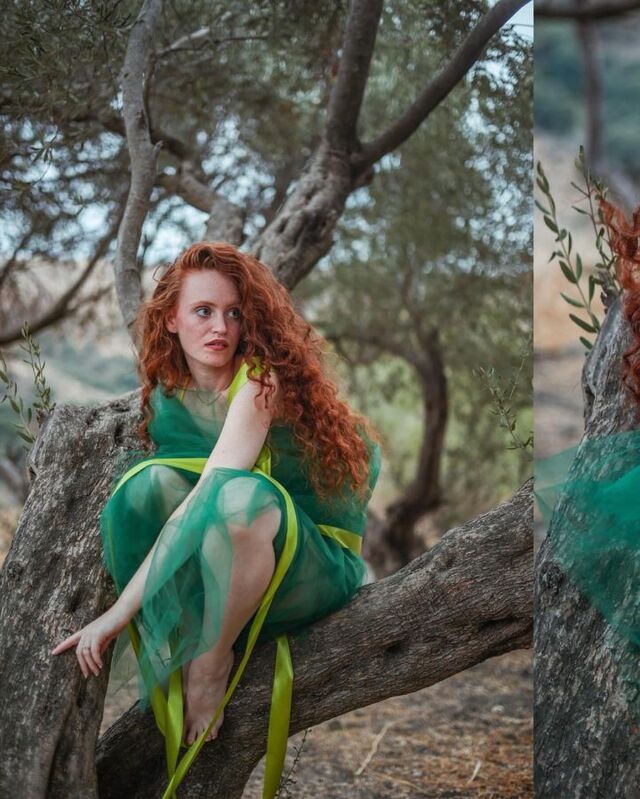
![Growing up learning Indian Classical Music, I’ve developed a deep appreciation for diverse musical genres, and techno is definitely one that has captured my interest. Got inspired to write this track by blending the beautiful melodies of Hindustani classical, particularly Raag Bhairav, with the beats of techno. Excited to share this fusion with you all!
Music by @miladzki
Check it out and vibe with me! 🎶✨
[ techno, newmusic, fusion, indianclassicalmusic, techno, music, kakisinger ]](https://talentsofworld.com/wp-content/uploads/wp-social-ninja/instagram/9xm.tv/18327743320185528_full.jpg)
![Listen to this Version of Dil Kho Gaya
Original Song From the Movie Dil.
Anand-Milind, Udit Narayan, Anuradha Paudwal sung this song
Music by Anand-Milind
Hope you guys like this Rendition of the Classic Song by Kaki Singer.
Like, Share & Comment.
[ Dil, Dil kho Gaya, old songs, Classic Bollywood, old song covers, retro songs, indian old songs, old hindi songs, melodies, kaki singer, Indian singers ]](https://talentsofworld.com/wp-content/uploads/wp-social-ninja/instagram/9xm.tv/17999564600299237_full.jpg)


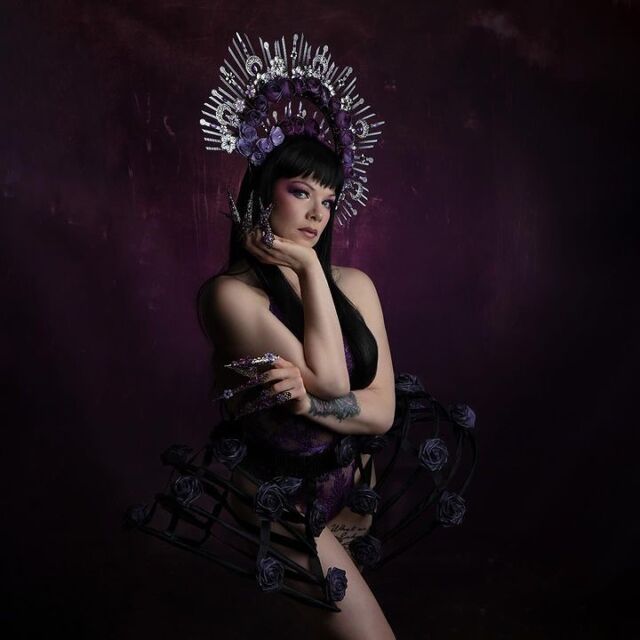






















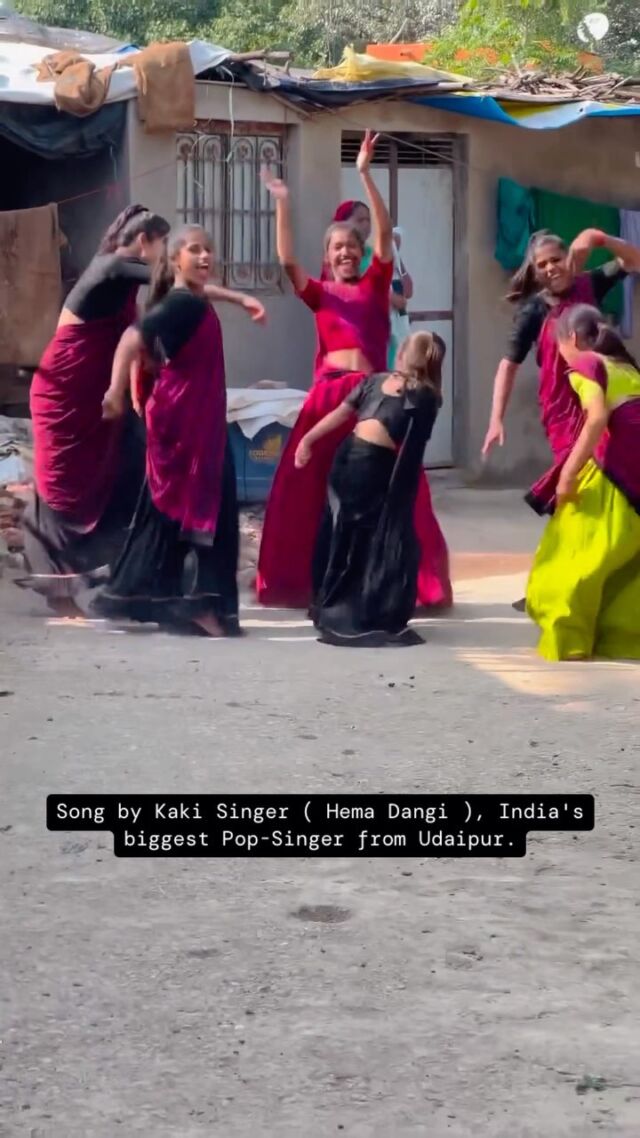

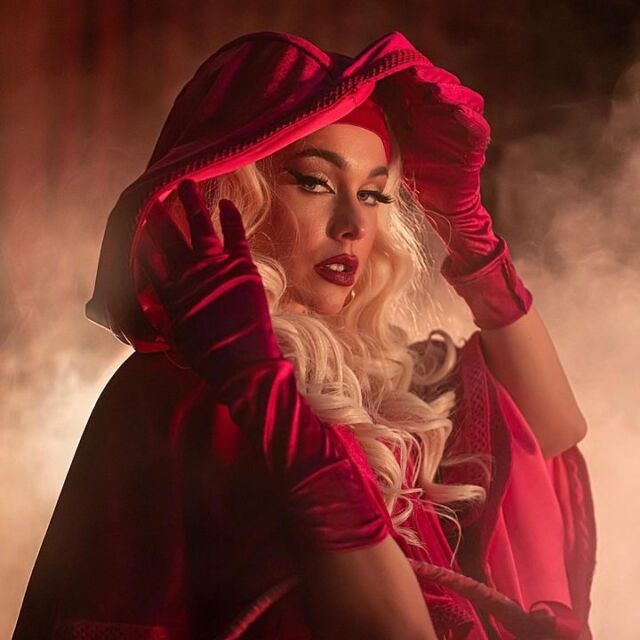


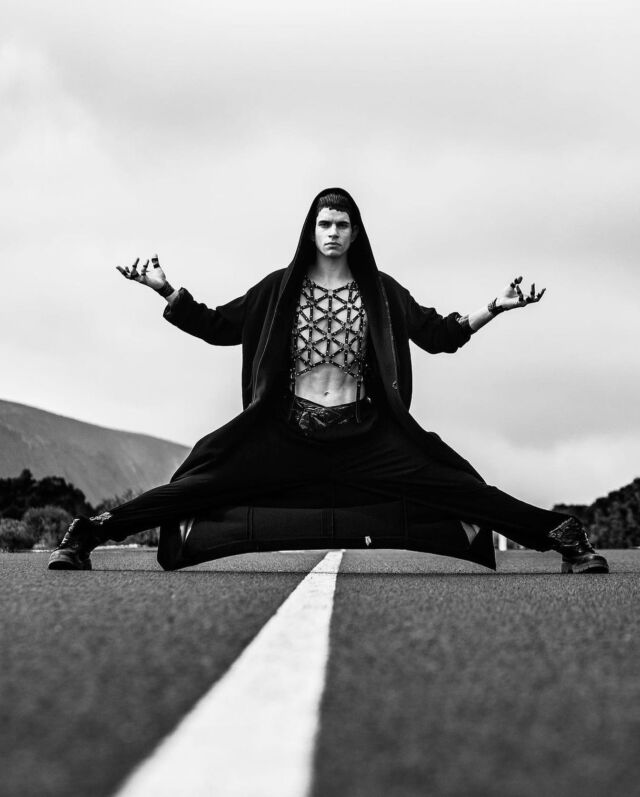






















💔🎨 The legacy of Ana Mendieta continues to spark controversy and intrigue, even decades after her tragic death. As her story is revisited in new media projects, her family grapples with the portrayal of her life and the events surrounding her passing. #AnaMendieta #ArtisticLegacy